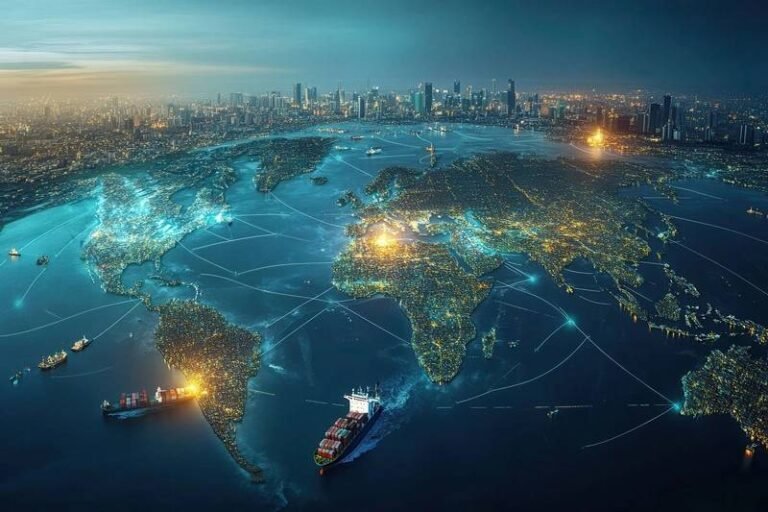The Urgent Need for AI-Based Situational Awareness in Maritime Navigation
Yarden Gross, CEO and Co-founder of maritime technology company Orca AI, reflects on the recent tanker collision in the Strait of Hormuz, arguing that as GPS interference becomes more common, ships urgently need AI-based situational awareness to support crews and maintain safe navigation when traditional tools are compromised.
The recent collision between the tankers Front Eagle and the Adalynn in the Strait of Hormuz is more than a tragic incident – it’s a stark warning to the maritime industry. Both vessels were operating in an area reportedly impacted by intense satellite jamming and AIS spoofing in the days leading up to the crash. The Adalynn is allegedly part of the so-called ‘dark fleet’ — a loosely connected group of tankers that operate without AIS transponders, often to obscure their movements and evade sanctions. Meanwhile, the VLCC Front Eagle was apparently shown in vessel tracking data to be onshore in Iran two days before the collision, in a strong indication of GPS interference.
This event illustrates just how fragile maritime situational awareness has become in high-risk regions. The digital infrastructure we’ve long relied on – GPS, AIS, and electronic charts – is increasingly vulnerable to manipulation, especially in geopolitically tense chokepoints like the Strait of Hormuz. Bridge crews are being asked to navigate in a kind of digital fog, where position data can be corrupted, nearby ships may be invisible by design, and critical seconds for decision-making are lost to uncertainty.
We cannot continue to expect human watchkeepers to bear that burden alone.
AI-Powered Situational Awareness Systems: Enhancing Navigation Resilience
AI-powered situational awareness systems, especially those based on computer vision, offer a critical second layer of perception. These tools can detect, classify, and track vessels (and other objects) in real-time, regardless of whether they are transmitting AIS or whether GPS is functioning accurately. They act as a digital co-pilot, alerting the crew to nearby threats and enabling faster, more confident decisions even when traditional tools fail.
Radar, of course, remains the primary and most trusted anti-collision tool, and its importance cannot be overstated. In fact, when AIS and GPS are degraded, Radar often becomes the only reliable means of detecting surrounding traffic. But even Radar has limitations: interpreting Radar returns can be challenging in heavy-trafficked waterways, small targets may be lost in noise, and there is no automatic identification. This is where advanced technologies like AI-powered situational awareness based on highly sensitive computer vision can play a vital supporting role.
According to tracking data reconstructions, the Front Eagle made a sharp starboard turn just before the collision. In that kind of moment – when an unreported or unidentified vessel suddenly emerges in close quarters – the value of a redundant, independent perception system becomes obvious. Computer vision sees what’s physically there, not what compromised data might suggest.
This isn’t about replacing Radar or human vigilance – it’s about strengthening both. In areas where spoofing and jamming are increasingly common, and where there is dark-fleet activity more specifically, AI and computer vision can serve as a vital safeguard to detect the undetectable, confirm the uncertain, and ensure crews remain situationally aware when traditional inputs are in doubt.
We’ve long accepted redundancy in mechanical systems as a maritime safety principle. We double up critical systems, train for worst-case scenarios, and insist on backup plans. It’s time to apply the same logic to navigational awareness. Because when the digital map becomes unreliable – when GPS falters and AIS goes dark – the ship still moves forward. And what’s needed then is intelligent vision that helps bridge navigators see, and take appropriate action, with clarity.

